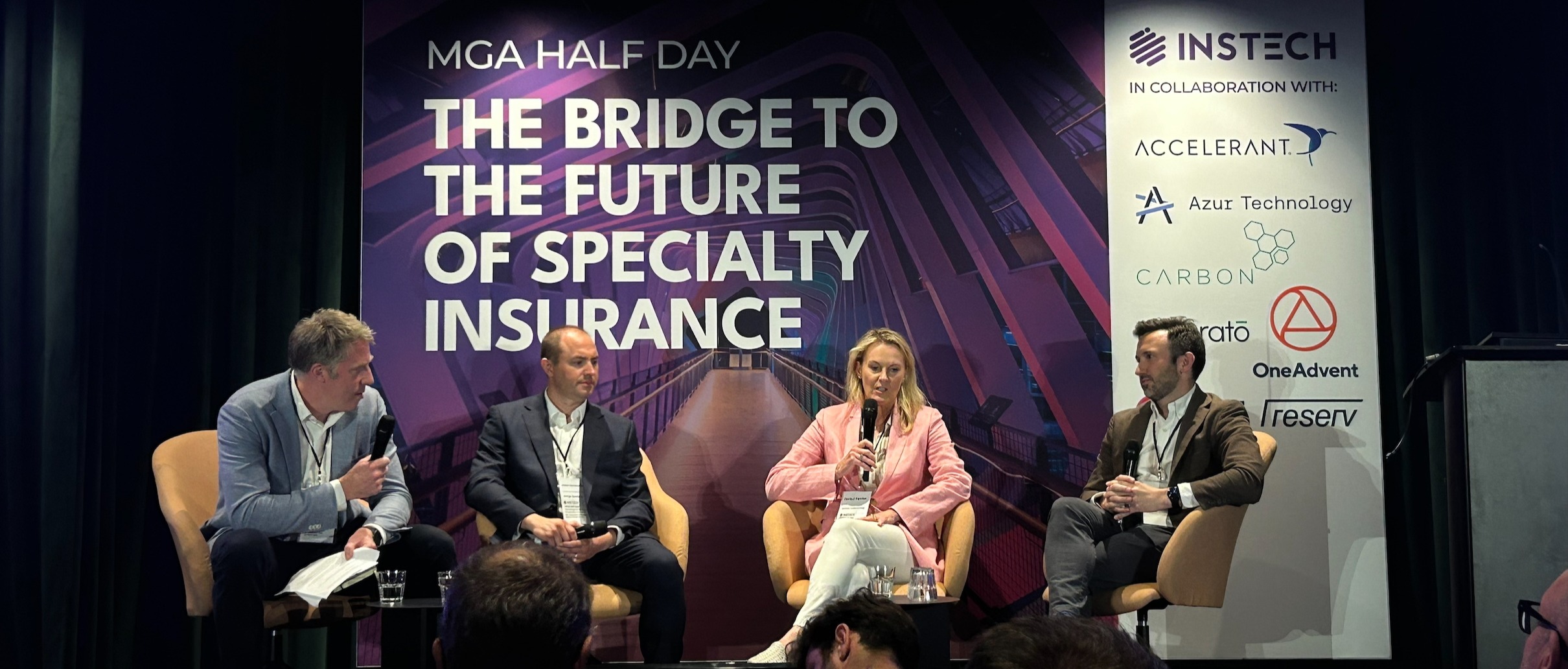Introduction
Medical Malpractice (MedMal) insurance plays a crucial role in protecting healthcare professionals and institutions from claims and litigation in the event that something does go wrong. Rising claims severity, an ever evolving legal environment, and a rapidly changing healthcare landscape continue to test insurers, brokers, and healthcare providers alike.
As regulatory scrutiny intensifies in the insurance market and medical innovations continue to evolve, there is a need for more joined-up thinking, particularly in the international coverholder market, to improve portfolio management and performance and to provide greater assistance to MGA’s in developing and growing their business.
Growing Risks from Robots
Rapid technological advancements are changing the way medical services are delivered globally, with Artificial Intelligence (AI) assisted diagnostics, robotic surgery, and telemedicine becoming more commonplace. While these innovations have the potential to improve patient outcomes, they also introduce new liability concerns. The use of AI in diagnostics, for example, raises questions about accountability when errors occur.
Should the liability rest with the healthcare provider, the software developer, or both? Similarly, the rise of robotic-assisted surgery is changing the way claims are assessed, as errors may be attributable to programming faults, rather than surgical technique. Insurers must remain agile in their underwriting strategies, adapting to new thinking and ensuring that policy wordings remain relevant as technology evolves.
Within the European Union, the Health Technology Assessment Regulation (HTAR) is a new EU-wide framework for assessing the clinical effectiveness and safety of new medical technologies.
This regulation is expected to accelerate market access for innovative treatments, but it will also place additional scrutiny on manufacturers and healthcare providers. Insurers underwriting medical technology and professional indemnity risks must be prepared for increased litigation as new treatments and devices come under heightened regulatory and legal review. Here at Carbon, we are monitoring the impact of this regulation carefully.
Legal and Regulatory Uncertainty
Meanwhile, legal and regulatory changes continue to be a challenge, particularly as jurisdictions introduce new legislation affecting liability standards, caps on damages, and claims procedures. In Australia, for instance, the recently passed Aged Care Bill 2024 will introduce sweeping changes to governance requirements and liability exposures for aged care providers when it comes into effect on 1 July 2025.
The Act not only increases regulatory oversight but also raises questions about vicarious liability, particularly concerning “associated providers” who deliver care under the umbrella of a registered aged care provider. These regulatory shifts will have implications for MedMal policies and may have wider issues for other liability wordings including General Liability and D&O policies.
Fraud and the Rising Cost of Claims
At the same time, claims inflation continues to be a growing concern. The cost of MedMal claims continues to rise globally, driven by social inflation, litigation funding, and larger jury awards in some jurisdictions. High-profile cases have reinforced the trend of escalating damages, with courts awarding increasingly substantial sums for pain and suffering, future care, and loss of earnings.
This inflationary pressure necessitates greater scrutiny of how claims are assessed and reserved. Fraudulent or exaggerated claims remain another pressing issue, requiring insurers to enhance their ability to detect and mitigate opportunistic litigation, while ensuring that legitimate claims are handled fairly and efficiently.
Another trend to watch is the growing scrutiny of management-level decision-making in cases where patients suffer harm. There is an increasing expectation that hospital managers and healthcare executives will be held accountable, alongside frontline clinicians, when incidents occur due to systemic issues within a healthcare setting. This shift in liability focus means that D&O insurance may need to evolve to provide greater protection for healthcare executives, particularly in jurisdictions where governance breaches are met with regulatory penalties or civil liability claims.
The issue of litigation in healthcare will remain a pressing issue not only for national health systems but also for private healthcare providers, where risk exposure is growing amid increasing patient expectations, technological advancements, and regulatory shifts. Carbon Underwriting focuses exclusively on the private MedMal sector across global territories, excluding America, working with global coverholders to underwrite an array of risks from individual practitioners - such as doctors, dentists, physiotherapists, and other medical and allied health practitioners - to larger corporate risks, including healthcare providers such as hospitals and clinics.
Navigating the Challenges Ahead
To navigate these rapidly evolving risks, insurers need to better understand specific exposures at a more detailed level. For instance, when underwriting risks in MedMal, understanding a healthcare provider’s specific specialty, patient demographics, and even the technology they employ becomes critical to making accurate assessments. The adoption of AI technology to review real-time data analysis from across portfolios will enable insurers to gain a more precise understanding of risk at a micro level, allowing them to price more accurately and make more informed decisions.
AI technology and the sophisticated data analysis it supports allow insurers and coverholders to zoom in on the particular challenges of MedMal. For example, identifying emerging patterns in claims related to specific types of procedures, medical conditions, or healthcare technologies could enable insurers to proactively adjust their risk appetite. By leveraging more granular data insights at coverholder level, the industry can mitigate claims inflation, address fraudulent claims, and better forecast future trends, thereby improving the efficiency and accuracy of underwriting.
To address these challenges effectively, insurers must rely on a mix of technical underwriting expertise, actuary insights, and sophisticated data analysis. As the landscape continues to evolve with new technologies, regulation, and emerging risks, this combination will be key in ensuring that underwriting decisions are both precise and adaptable to changing circumstances.
We are committed to equipping our partners with the tools and data they need to manage these complexities across multiple classes of business. In the MedMal space specifically, our advanced data platform, Graphene, enables coverholders to drill down into risk exposures across their portfolios - whether that’s identifying concentrations in high-risk procedures, flagging providers exposed to emerging regulatory changes, or spotting unusual claims patterns in specific jurisdictions. This kind of actionable intelligence empowers faster, smarter responses to the sector’s fast-moving risk environment.
By using Graphene, coverholders can move beyond retrospective analysis and towards real-time, proactive portfolio management. In a MedMal landscape shaped by rapid technological change, litigation volatility, and intensifying regulatory scrutiny, the ability to identify shifts in exposure and claims trends as they emerge is crucial.
By developing Graphene closely in partnership with our healthcare underwriters, we’ve created a constantly improving platform that supports smarter decision-making, greater underwriting agility, better risk selection, and ultimately, stronger healthcare client relationships.
For more information on the MedMal space, or if you would like to request a demo of our Graphene data platform, reach out to us now at info@carbonuw.com



